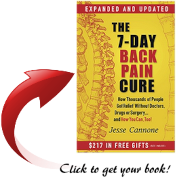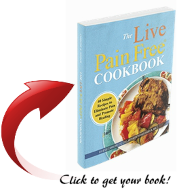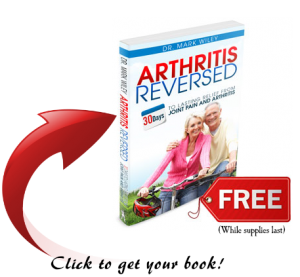Foam rolling is a form of self-myofascial release that involves using a foam roller to apply pressure to specific areas of the body, targeting muscles and fascia. As discussed previously, the fascia is the connective tissue that surrounds and supports muscles, bones, and organs. The goal of foam rolling is to release tension in the fascia, reduce muscle tightness, and improve flexibility. And before we continue, I want to let you know that I am not a medical professional, and what follows should not be taken as medical advice. I hope you can use the information for your own deep dive research into this topic.

You can purchase foam rollers from various retailers, both online and in physical stores. Popular options include sporting goods stores, fitness equipment stores, and online marketplaces like Amazon, Walmart, or sporting goods websites.
To use a foam roller for pain relief, you can follow these general steps:
- Choose the Right Foam Roller: Select a foam roller with an appropriate density for your needs. Softer foam rollers are suitable for beginners, while firmer ones provide deeper tissue massage.
- Target the Area: Identify the specific area of your body where you are experiencing pain or tightness.
- Warm Up: Before using the foam roller, warm up your muscles with some light cardio or dynamic stretching.
- Rolling Technique:
- Apply Body Weight: Place the foam roller under the targeted muscle or muscle group. Use your body weight to apply gentle pressure.
- Roll Slowly: Roll back and forth over the muscle, moving slowly. If you find a tender spot, you can pause and apply more pressure.
- Focus on Tight Spots: Pay extra attention to areas that feel particularly tight or painful. You can spend more time on those spots.
- Breathe and Relax: Remember to breathe deeply and relax as you roll. Avoid holding your breath and try to let the muscles release tension.
- Post-Rolling Stretches: After using the foam roller, consider incorporating some static stretches to further improve flexibility and reduce muscle tightness.
- Stay Consistent: Foam rolling is most effective when done regularly. Consider incorporating it into your routine, especially after workouts.
Here is how foam rolling works and how it may benefit pain relief:
- Breaking Up Fascial Adhesions: Over time, fascial adhesions or knots can develop in the connective tissue, leading to restrictions in movement and discomfort. Foam rolling helps break up these knots, promoting better movement and reducing pain.
- Increased Blood Flow: Applying pressure with a foam roller can increase blood circulation to the targeted area. Improved blood flow helps deliver more oxygen and nutrients to the muscles, aiding in healing, recovery and reducing muscle soreness.
- Trigger Point Release: Foam rolling can be used to identify and release trigger points, which are specific areas of muscle tightness or knots. By applying sustained pressure on the trigger points, the muscles can relax, and pain may be reduced.
- Improved Range of Motion: Regular foam rolling can contribute to increased joint flexibility and improved range of motion. This is particularly beneficial for individuals with tight muscles or those recovering from injuries.
- Preventing Injury: Incorporating foam rolling into a warm-up routine may help reduce the risk of injury by promoting better muscle elasticity and joint mobility.

It is important to note that while many people find relief and benefits from foam rolling, individual responses may vary. It is advisable to start with gentle pressure and gradually increase intensity as needed. If you have specific concerns or conditions, it is recommended to consult with a healthcare professional or a fitness expert before starting a foam rolling routine.
To Your Success & Freedom,
Glenn Shimabukuro



